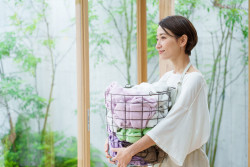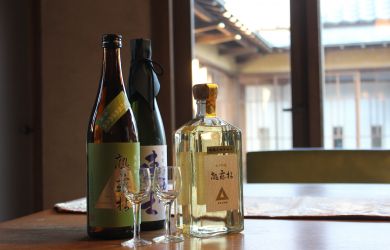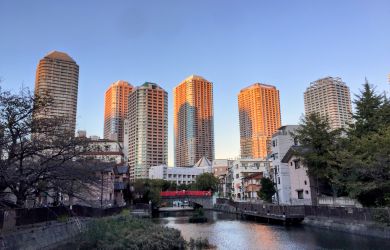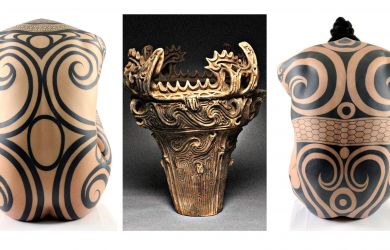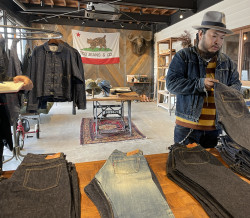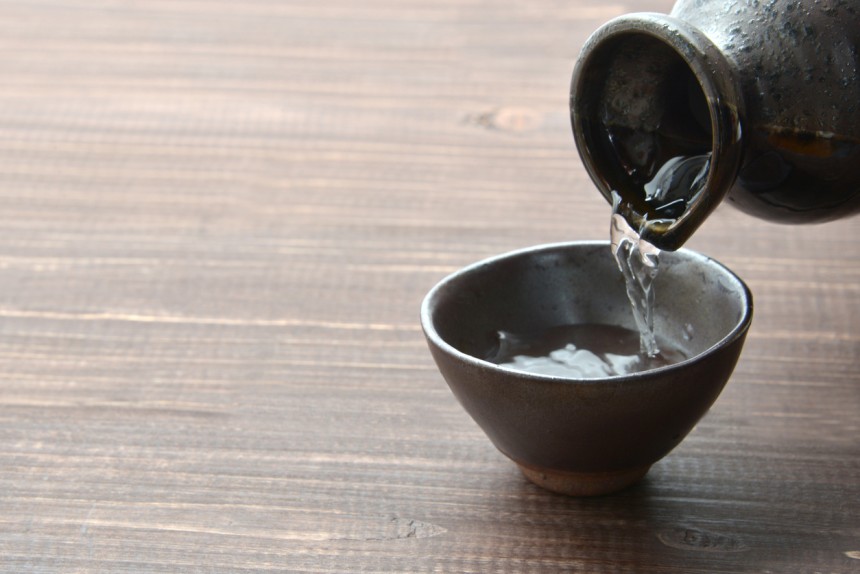
Shochu is a Japanese distilled spirit made from many different base ingredients that reveals itself in a variety of aromas and flavors, and can be consumed many ways. It makes a nice addition to any liquor cabinet and, as it’s distilled, will keep for a long time if stored in a cool and dry spot.
While shochu may have the reputation of being high in alcohol, that is not always the case. Many of the world’s distilled spirits, like vodka or rum, are about 45 percent alcohol whereas shochu ranges anywhere from 25 to 45. Shochu that is mixed with water can be diluted to about 15 percent, making it about the same as a glass of wine or sake.
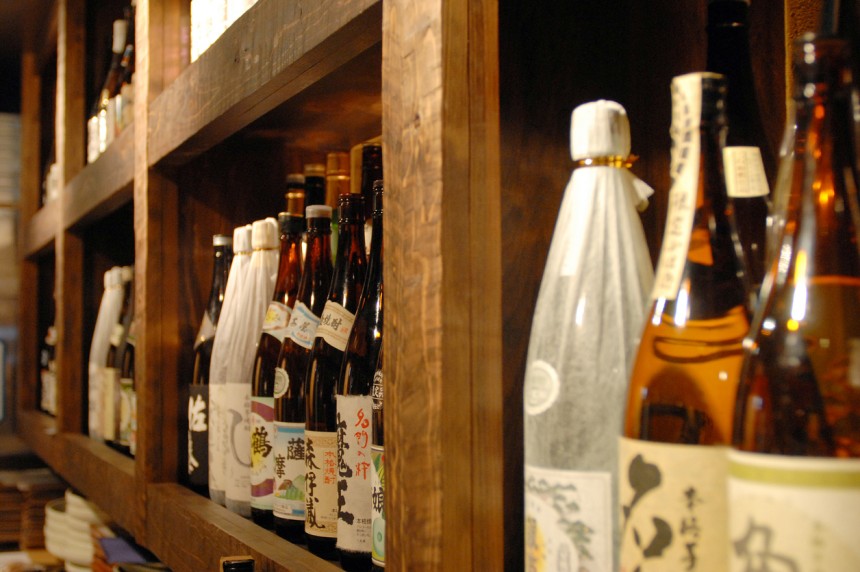
Seek out honkaku shochu, that is single distilled. This style of shochu will retain the flavor of the base ingredients.
Imo – sweet potato, ranges from clean and smooth to in-your-face funky.
Mugi – barley, is roasted and often dry.
Soba – buckwheat, has strong aromas of soba and is nice paired with a soba meal.
Awamori – from Okinawa, this is made with jasmine rice.
Kokuto – black sugar, will have a slightly honeyed aroma and can have a sweet finish.
Kome – rice, will usually be without strong aromas and is food-friendly.
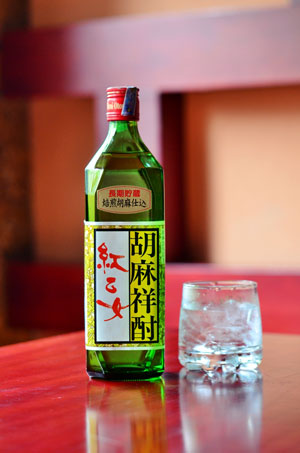
Shiso shochu is a fun one to try. Tantakatan is a famous shiso shochu which has minty notes. Dabada Hiburi is a kuri (chestnut) shochu, which has a nutty aroma like roasted chestnuts. Beniotome is a sesame shochu that has strong sesame notes and is interesting when mixed with ice cold milk.
Essential in the shochu-making process is koji, a mold that breaks down the starches in the base ingredients into fermentable sugars. There are three basic types of koji that are used for producing shochu and each will affect the taste.
Shiro koji – white koji, creates a very soft, gentle and often light-bodied shochu.
Ki koji – yellow koji, is the same that is used for making sake. The shochu is supple, aromatic and may have floral notes.
Kuro kojii – black koji, is famous for making Okinawan awamori. Shochu made with black koji is usually full-bodied and bold on the palate.
Shochu is used in making chuhai, a fruity cocktail. The shochu used for chuhai is usually cheaper, multiply distilled without much character. Honkaku shochu can be used as a cocktail mixer, but simpler preparations will showcase the product. Here are some standard ways to drink shochu.
Mizuwari – mixed with ice and water. A good way to start exploring shochu as the water dilutes the alcohol.
On the rocks – over ice.
Maewari – shochu is mixed with water and set aside for a night. This process softens up the shochu. One just needs to plan ahead enough to do this. Some shochu-specialty restaurants will have maewari on the menu.
Oyuwari – mixed with hot water. On a cold winter day, sipping on hot shochu is a nice way to warm up. Just boil up some water, put it in a cup and add the shochu
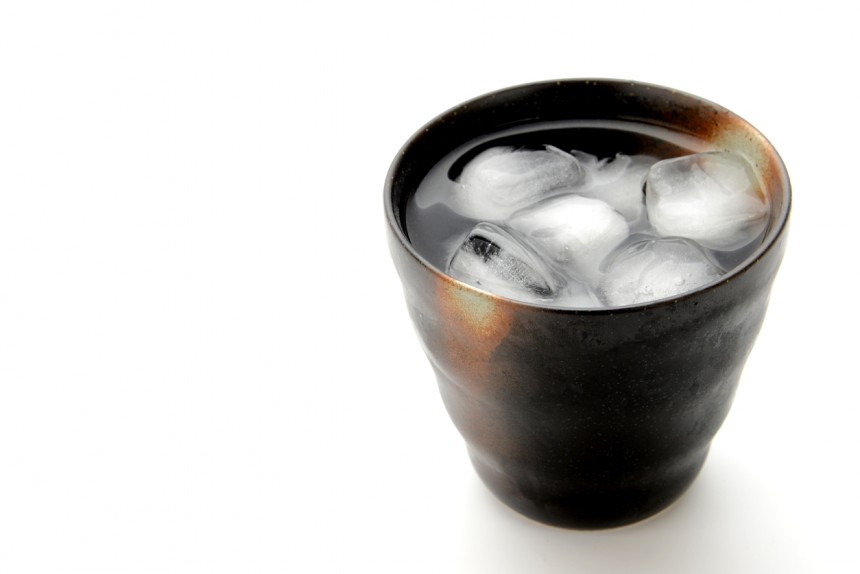
Most shochu is bottled young. Some distillers will age the shochu, which mellows out the flavor. Okinawan awamori that is aged is called ku-su, and is a great introduction to awamori which when unaged can be bold and in your face. The aging, often done in clay pots which allow more exposure to air, smooths out the rough edges that can be associated with awamori.
Shochu plays a rich role in regional cuisine. In Kagoshima, sweet potato shochu goes so well with satsuma-age (fried fish cakes). In Kumamoto, basashi (horse sashimi), marries with rice shochu. Awamori, with its rich notes, works so well with many of the local dishes of Okinawa, including simmered pork belly and a fermented dish called tofuyo.
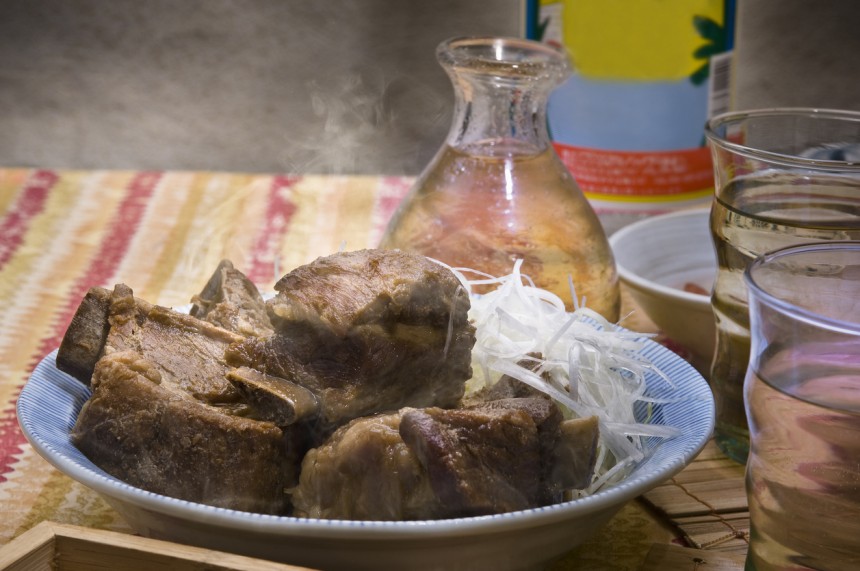
So, where to get started exploring? The only way to know what you like is to try a large variety. That is the fun with exploring any drink. Maybe start out at some izakaya and try a variety to see what you like. Then pick up a bottle at a retail shop.
Kojigura is an izakaya that has several branches in the city center: Ginza, Yurakucho, Akihabara, Shinbashi and Yaesu. Kojigura also has a nice selection of shochu and regional dishes that naturally pair well with shochu. http://www.koujigura.jp
The Zen at Shinagawa station also has a big shochu list. Minato-ku, Konan 2-18-1, Atre Shinagawa 4F. http://www.thezen.jp
For retail shops put Shochu Authority in Shiodome on your radar for the biggest selection. Minato-ku, Higashi-Shinbashi 1-8-2, Caretta Shiodome B2.
http://www.caretta.jp/shop/index/148
Regional antenna shops will sometimes have a nice selection. The Okinawa Washita shop in Ginza has an incredible collection of awamori. Chuo-ku, Ginza 1-3-9. https://www.washita.co.jp/info/shop/ginza/
Finally, department store liquor shops usually have a solid selection of standard shochu.

